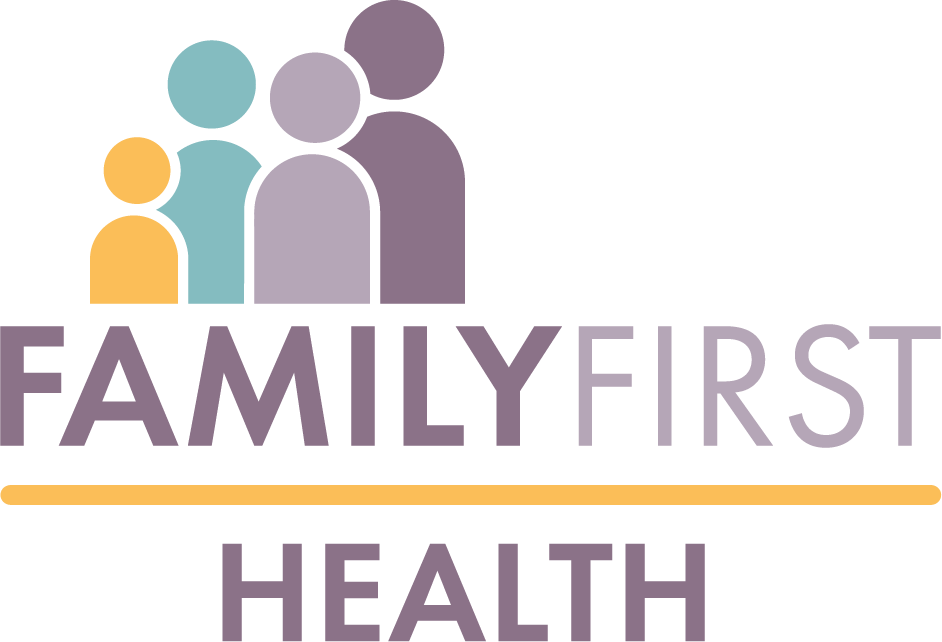HARRISBURG, Pa. — There’s frustration on the frontlines two years into the pandemic.
“People are so tired of it that they are ready to move on and they want to go back to life as normal,†Family First Health George Street Center Lead Physician Dr. Hetal Patel tells CBS 21 News’ Samantha York.
“Then we see what’s going on in our hospitals,†UPMC Infectious Disease Specialist Dr. John D. Goldman continues.
“This has been our life, our entire life, for two years,†WellSpan Health Critical Care Nurse Erin Hammond adds.
As the U.S. nears the two year anniversary of living with COVID-19, CBS 21 News visited healthcare systems throughout the region for a check-in.
“It’s become very difficult when you’re not seeing people get better anymore, despite everything you’re doing,†Hammond explains, her voice breaking.
“It’s making providers feel like they’re a failure,†Dr. Patel says.
Healthcare heroes say they’re fading.
“There was a point at the start of this when we were healthcare heroes,†Dr. Goldman remarks.
“We certainly don’t feel like heroes,†Hammond continues.
“I’m here to take care of them,†Dr. Patel says. “So when I’m not able to, that hurt feeling is there.â€
Inside Penn State Health’s Emergency Department, Emergency Room Nurse Kristin Jens cares for patients battling COVID-19.
“Seeing as many sick people as many people die, I’ve seen more in the last two years I feel I’ve seen in my career as a nurse,†she says. “You hear all the monitors, there’s always somebody very sick in the Department.â€
Some patients are fighting for their lives.
“I try to give them comfort that, you know, they can hold my hand still,†she adds.
“Especially when they’re here alone,†Hammond continues. “We’re all they have.â€
In WellSpan Health’s Critical Care Unit, Erin Hammond fights a battle of her own as a Critical Care Nurse.
“This [winter] was the worst part of the pandemic for us and that’s a shame because we now have the vaccines, we have treatments, we have knowledge to help keep the community safe, to keep ourselves safe,†she explains. “And, unfortunately, that doesn’t seem to be working.â€
“You go into the room with the pictures of the kids up, pictures of the family members up and if somebody’s on a ventilator, you know they have less than a 50% chance of leaving the hospital,†Dr. Goldman says.
“Having to tell those families their mom, their dad, their brother, their sister, their child in some cases is not coming home, having to do that day after day, it gets really hard,†Hammond continues.
“There are the cases that you remember that kind of weigh a little heavier on you once you get home,†Jens says.
The patients who do get out have long recoveries ahead.
“When they do come out of the hospital, they’re short of breath, they can’t go back to work and they’re angry,†Dr. Patel says. “If I didn’t have it all in me, I could really be upset and be in tears that I did everything possible.â€
Family First Health caters to a medically-underserved population and faces increased demand for services.
“There’s still ongoing COVID care, there’s still ongoing catch up care, there is post-COVID care and then we are still going back to the preventive care,†Dr. Hetal Patel adds. She has half the staff needed to manage it all.
“Those who are working, are working double the effort to try to fill the void,†she explains.
It’s a healthcare crisis on every level.
“There’s a lot of burnout, you know,†Geisinger Western Region Director of Hospital Medicine Dr. John Pagnotto says. “Particularly in the last six months, we’ve just been at pretty much 100% capacity.â€
“A lot of people have decided they just can’t do this,†Dr. Goldman explains. “We have tremendous staffing issues.â€
“I’ve been picking up the help just because we do have so many holes,†Jens adds.
The U.S. Bureau of Labor Statistics estimates a 7% growth rate in the nursing industry from 2019 to 2029. That estimation puts it ahead of the national average of a 4% growth rate for all occupations.
However, the American Medical Association projects 1 in 5 doctors will likely leave the industry within two years, and reports show 1.2 million new registered nurses will be needed by 2030.
“There aren’t more providers in the pipeline,†Dr. Patel says. “So we haven’t been able to replace those providers.â€
“Not only do you have high volumes, a lot more patients than usual than we used do, but you have fewer people to treat those patients,†Dr. Goldman explains.
Burnouts are expediting retirements.
“People get frustrated thinking their wait times are because we don’t want to see them but behind-the-scenes, we are working our butts off,†Jens says.
At UPMC Harrisburg, over 90% of hospitalized COVID-19 patients are unvaccinated.
“There’s some aspect of this pandemic still going on being a choice,†Dr. Goldman says. He is working around the clock for care.
“He comes in on a call, is called all night, he’s doing notes all night,†his wife, Maureen O’Toole-Goldman, says. “He’s exhausted.â€
“If we don’t do it, who will?†he says.
As cases decline once again, healthcare professionals are keeping their guards up.
“As soon as you get a breath, there’s another wave,†Hammond explains.
“We take it one patient at a time, one day at a time,†Geisinger Emergency Physician and Assistant Medical Director of the Emergency Department Dr. David Rupprecht says. “That’s the best we can do.â€
Voices on the frontlines – begging to be heard.
“Everyone has given a part of themselves to this pandemic, where it’s going to take us a long way to recharge that part,†Dr. Patel says. “Slowly, we’re going to get there.â€
